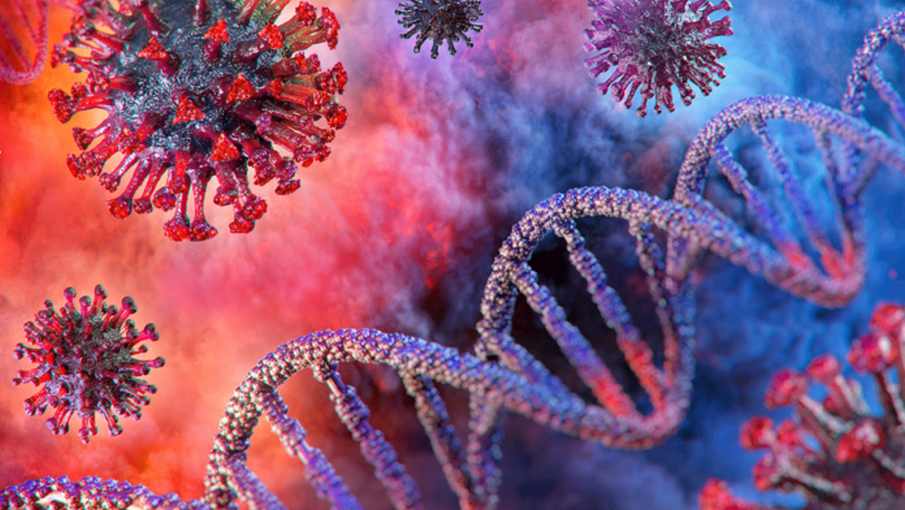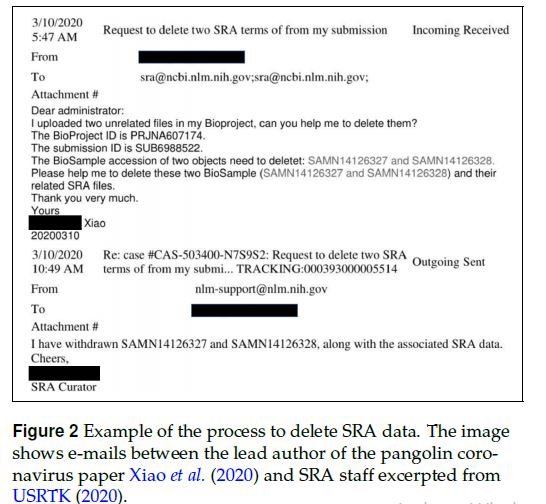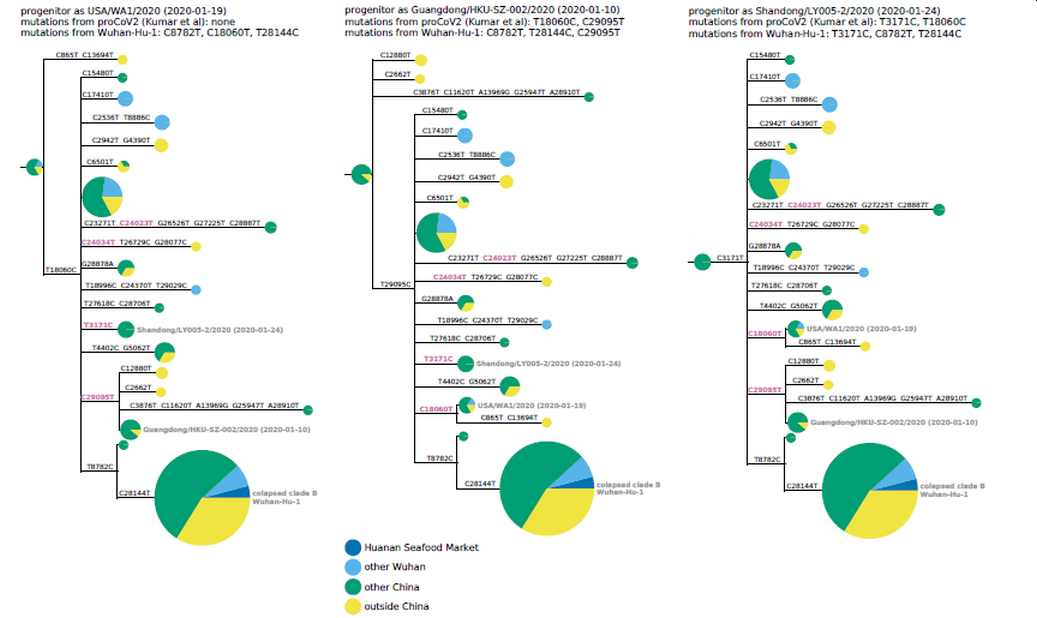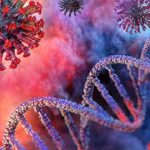New study of deleted gene sequences confirms coronavirus did not originate at the Wuhan seafood market; Report finds NIH deleted sequencing data at the request of a Chinese scientist

Contrary to popular narratives we’ve been fed for over a year by our public health officials and China, it turns out the virus that causes COVID-19 did not originate at the Wuhan seafood market, a new study of deleted gene sequences from the virus’ earliest days confirms the report.
The new study also found that “the sequences had been posted to a website run by the National Institutes of Health, but were removed for unknown reasons.” If this is true, then Dr. Anthony Fauci may have some explaining to do.
The report, which has not yet been peer-reviewed, was led by Dr. Jesse Bloom of the Fred Hutchinson Cancer Research Center in Seattle. As part of the study, Dr. Bloom was able to identify a data set containing SARS-CoV-2 sequences from early in the Wuhan epidemic that has been deleted from the NIH’s Sequence Read Archive (SRA).
What’s particularly troubling from Dr. Bloom’s report is the new revelation that Chinese scientist (the lead author of the pangolin coronavirus paper Xiao et al. (2020)) collaborated with NIH SRA staff via emails to delete the SRA data.

By studying how the viral genes mutate over time, Dr. Bloom was able to recover the deleted files from the Google Cloud and reconstruct partial sequences of 13 early epidemic viruses. Meanwhile, the new report also did not conclude the SARS-CoV-2 virus jumped directly from animals to people or was accidentally leaked from a research lab in Wuhan, China.
Dr. Bloom wrote:
“Phylogenetic analysis of these sequences in the context of carefully annotated existing data suggests that the Huanan Seafood Market sequences that are the focus of the joint WHO-China report are not fully representative of the viruses in Wuhan early in the epidemic.”
In the discussion section of the report, Dr. Bloom explained:
“I have identified and recovered a deleted set of partial SARSCoV-2 sequences from the early Wuhan epidemic. Analysis of these sequences leads to several conclusions. First, the Huanan Seafood Market sequences that were the focus of the joint WHOChina report (WHO 2021) are not representative of all SARSCoV-2 in Wuhan early in the epidemic. The deleted data as well as existing sequences from Wuhan-infected patients hospitalized in Guangdong show early Wuhan sequences often carried the T29095C mutation and were less likely to carry T8782C /C28144T than sequences in the joint WHO-China report (WHO 2021).”

Commenting on the findings, Dr. Bloom said, “I hope scientifically, we can get beyond just arguing about that. These sequences are informative for understanding early SARS-CoV-2 spread in Wuhan,” Bloom added. “They’re not transformative, but they fill in some really important gaps.”
Below is the abstract of the report.
“ABSTRACT The origin and early spread of SARS-CoV-2 remains shrouded in mystery. Here I identify a data set containing SARS-CoV-2 sequences from early in the Wuhan epidemic that has been deleted from the NIH’s Sequence Read Archive. I recover the deleted files from the Google Cloud, and reconstruct partial sequences of 13 early epidemic viruses. Phylogenetic analysis of these sequences in the context of carefully annotated existing data suggests that the Huanan Seafood Market sequences that are the focus of the joint WHO-China report are not fully representative of the viruses in Wuhan early in the epidemic. Instead, the progenitor of known SARS-CoV-2 sequences likely contained three mutations relative to the market viruses that made it more similar to SARS-CoV-2’s bat coronavirus relatives.”
June 27, 2021 Update: Title changed to: “New study of deleted gene sequences confirms coronavirus did not originate at the Wuhan seafood market; Report finds NIH deleted sequencing data at the request of a Chinese scientist”
Original Title: New study of deleted gene sequences confirms coronavirus did not originate at the Wuhan seafood market; Report finds NIH worked with Chinese scientist to delete sequencing data.




